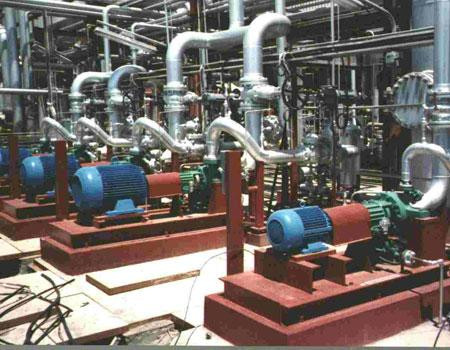The blending of certain fuels with conventional fuel is one way to preserve the near to extinct petroleum reserve. Examples of low-level fuel blends include E10, E15, B5, and B2. Blends generally consist of two types of alternative fuels, for instance, hydrogen and compressed natural gas (HCNG), which can be a combination of 20% hydrogen/80% CNG. B20 (20% biodiesel/80% diesel) and E85 (51% to 83% ethanol blended with gasoline depending on geography and season) are not considered low-level blends.
Are you looking to make a career in the Fuel-Blending industry? You can search for diesel blending training institutes and can learn gasoline blending design and other techniques which will really help you a lot to understand the basics like blending giveaway
There are two types of blending processes mainly:
- Inline Blending
- Batch Blending
Inline blending has many advantages in terms of reduced process time, flexibility to allow, for instance, last-minute changes in shipping schedules, has an improved accuracy performance, and reduces the storage capacity and capital lockup needed.
Different Ethanol Blends
Ethanol is available in the different blends for use in traditional and flexible fuel vehicles.
- High-Octane Fuel
The U.S. Bioenergy Technologies Office funded a project to assess the potential of high-octane fuel (HOF) to curtail the utilization of energy and the emission of greenhouse gases, as well as to know more about the hurdles to its successful market introduction. The project concentrated on HOF with an ethanol content of 25% to 40% for use in an engine of a vehicle specially designed to take advantage of the high octane content of the fuel.
- E10
E10 is a low-level blend consists of 90% gasoline and 10% ethanol. It is approved by the U.S. Environmental Protection Agency (EPA) for use in any conventional, gasoline-powered vehicle. The use of E10 was spurred by the Clean Air Act Amendments of 1990 (and subsequent laws), which mandated the sale of oxygenated fuels in areas with unhealthy levels of carbon monoxide. This kicked off modern U.S. ethanol industry growth.
- E15
E15 is approved for use in the year 2001 and newer light-duty conventional vehicles. An important requirement is the implementation of a misfuelling mitigation plan to reduce the risk of vehicles older than year 2001 refueling with E15.
- E85
E85 also known as flex-fuel is a blend of ethanol and gasoline in which ethanol amounts for 51% to 83%, depending upon demographics and climate that qualifies as an alternative fuel. E85 is most commonly used in Flexible Fuel Vehicles (FFVs), which have an intramural combustion engine and are designed to run on E85, gasoline, or any blend of gasoline and ethanol up to 83%. Flexible Fuel Vehicles have been formed since the 1990s, and more than 60 variants are currently available.
- Intermediate Blends from Blender Pumps
Blender pumps are dispensers that blend fuel from two tanks. For instance, a blender pump dispenser can offer three grades of gasoline (regular, premium, mid-grade) by accumulating regular and premium in two tanks underground. The dispenser then blends the two to offer mid-grade gasoline.
For More Info:- Gasoline Blending Services

No comments:
Post a Comment